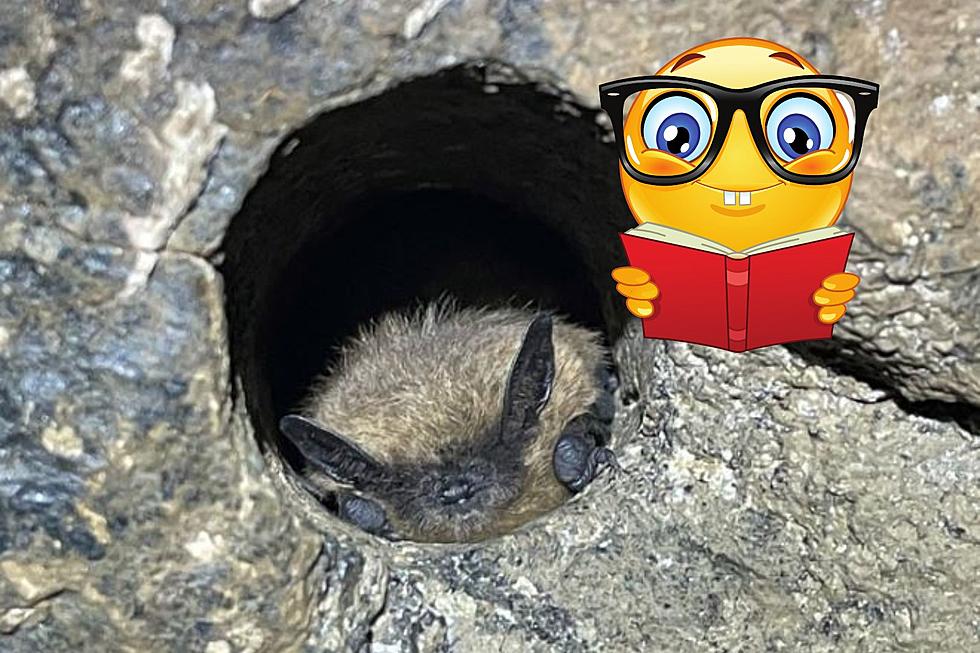
What’s So Special About this New York Bat
Bats, they are an interesting animal. Hard to see up close but fun to watch in the evening air as they use their sonar to get around and eat bugs. The New York State Department of Environmental Conservation (NYS DEC) recently made one of the bats that live in New York the Subject of its Wildlife Wednesday post on Facebook.
The NYS DEC singled out the bat known as the small-footed bat, also known as Myotis Leibii. It turns out this is New York's smallest bat. It is one of 6 cave-dwelling bats we have in New York. It is so small it apparently weighs less than a nickel.
Learn about Bats in New York State
In total New York according to the NYS DEC has 9 bats. 6 cave dwellers and 3 types of tree bats. The NYS DEC has put together a great document, Bats of New York. It gives explanations of the different bats we find in New York and they have included some great pictures that will make bats near you easy to identify.
SEE Also: How to Get a Bat Out of Your House New York
Cave bats are described by the NYS DEC as bats that don't migrate in colder weather during the winter. Instead, they hibernate in caves and mines. Apparently, the small-footed bat also hibernates alone unlike some of the other cave bats who winter roost in groups.
Small-footed bats are very tiny but for those afraid of a bat they are still a bit fierce. They are the most cold-tolerant bat, they have a wing span of 9 inches but a body length less than 2 inches. They have some unique characteristics as well, a jet black raccoon style mask on their face pointy ears, and very tiny feet.
Why Bats are Good for the Environment in New York
There is no doubt that bumping into a bat can be startling. And the idea of them stuck in your hair is beyond terrifying but the reality is Bats super important to our Hudson Valley ecosystem so we need to do more to protect them and help them thrive. They eat pests and are important pollinators. According to the U.S. Fish & Wildlife Service, they consume enough insect pests to save all agricultural production more than $3 billion per year.
Don't Look If You Don't Like Bugs - World's Biggest Bugs
LOOK: 20 of the biggest insects in the world
NASCAR Fans Look Inside Kyle Bush's Waterfront Home
PICTURES: See Inside NASCAR Champ Kyle Bush's Astonishing $13 Million Waterfront Estate
More From The Wolf









